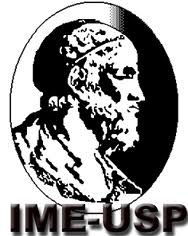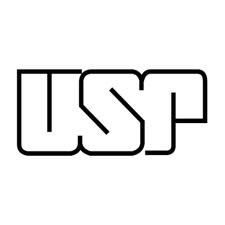

RFID module for ns-2 simulator
Rafael Perazzo Barbosa Mota
perazzo at ime,usp,br
Last
update:
  |
RFID module for ns-2 simulatorRafael Perazzo Barbosa Mota perazzo at ime,usp,br Last
update: |
| Number of nodes | Mean
(System Efficiency) |
Confidence Interval (lower) | Confidence Interval (upper) | Standard deviation |
| 10 | ||||
| 20 | ||||
| 30 | ||||
| 40 | ||||
| 50 | ||||
| 60 | ||||
| 70 | ||||
| 80 | ||||
| 90 | ||||
| 100 |
| flag |
type |
Column
(in trace file for awk scripts) x - For both reader-tag and tag-reader -/x - Just for tag-reader x/- Just for reader-tag x/y - x value for reader-tag and y for tag-reader |
Value |
| s r |
char | 1 | send read |
| -t | double | 3 | time |
| -Zt | int | 5 | flow type 0 - Reader to tag 1 - Tag to reader |
| -Zi | int | 7 | Node ID |
| -Zs | int | 9 | Packet source ID |
| -Zd | int | 11 | Packet destination ID |
| -Zc | int | 13 | Command 0 - RC_QUERY 1 - RC_QUERY_ADJUST 2 - RC_QUERY_REPLY 3 - RC_ACK 4 - RC_NAK 5 - TC_REPLY |
| -Zq | int | 15 | type of service 0 - No service (deprecated) 1 - QoS mechanism (deprecated) 2 - Q algorithm |
| -Zr | double | -/17 | rng16 Random number generated from Q value (2^Q-1) |
| -Zv | int | 17/19 | Q value |
| -Zz | int | 19/- | Frame counter |
| -Xc | int | 21/- | Collision slot count |
| -Xi | int | 23/- | Idle slot count |
| -Xs | int | 25/- | Success slot count |
| -Ss | int | 27/- | Session number (each new query generates a new session number) |
 |
I would like to thank my
advisor Prof. Daniel
MacÍdo Batista, USP, IME. Developed by Rafael Perazzo Barbosa Mota (perazzo at ime,usp,br) |